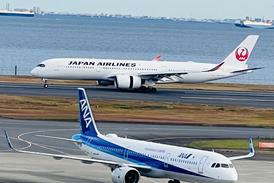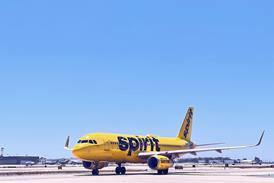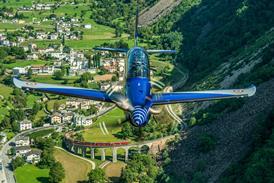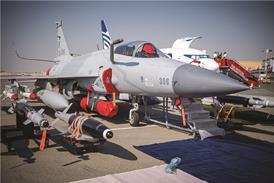Guy Norris/LOS ANGELES
The US Air Force and its Team ABL partners - Boeing, TRW and Lockheed Martin - are evaluating new roles for the 747-400-based AL-1A airborne laser (ABL) and will report this year to the head of Air Combat Command.
Designed for theatre defence against ballistic missiles, the ABL's laser weapon, sensors and battle management systems have prompted studies of other missions, including defence of other aircraft, battle damage assessment, surveillance and command and control.
"From a self-defence perspective, we are looking at the ability to shoot down any surface to air missiles that are coming after us, or which have been fired at nearby AWACS [Airborne Warning and Control System] or Joint-STARS [Joint Surveillance Target Attack Radar System] aircraft," says USAF ABL programme director Col Michael Booen.
Booen says the high-energy chemical oxygen iodine laser could shoot down hostile aircraft and missile threats. The aircraft's 1.5m (5ft) turret-mounted telescope - used to focus the laser on to ballistic missiles, which are then destroyed during the boost phase - is being considered for long-range surveillance and damage assessment.
"We are also looking at how it could be used as a command and control node," says Booen. This capability would build on the battle management, command, control, communications, computers and intelligence system being developed by Boeing, as well as the sensing and predicting abilities of the active ranging system (ARS) and suite of six infra-red search and track sensors.
Although the first aircraft would not be equipped for the extra roles, the engineering, manufacturing and development (EMD) and operational versions would have the capabilities. Most of the secondary capabilities come as a spin-off from existing systems, but some roles such as SAM intercept require the development of additional software.
The ABL programme is "about 30%" complete, says Boeing Space and Communications ABL vice- president Paul Shennum. "In five months we will deliver the aircraft from Everett to Wichita [for conversion]," he says. A critical design review is scheduled for April next year, with the second authorisation to proceed milestone due in late 2002. EMD is scheduled to begin in 2004, with initial operational capability of the first three of a planned fleet of seven AL-1As scheduled for late 2007.
Source: Flight International























